Sources for Wroxeter Roman City
There is a limited number of books on Wroxeter Roman City, and of those that are available, many are old and difficult and /or expensive to get hold of. However, there are significant resources online, while many general histories and archaeological studies of Roman Britain will talk about the evidence from Wroxeter and its area, allowing the context of the city to be established.
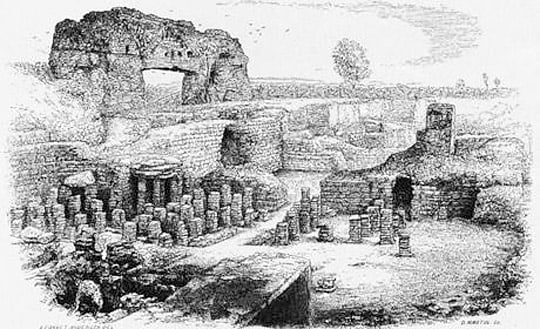
There are only two modern books that detail the site’s history and its legacy. They are:
- White, RH and Barker, PA, Wroxeter: Life and Death of a Roman City (Stroud, 1998; reprinted 2011)
- White, RH, Wroxeter: Ashes under Uricon – A Cultural and Social History of the Roman City (Oxford, 2022)
The town and village are discussed in The Buildings of England volume:
- Newman, J and Pevsner, N, The Buildings of England: Shropshire (2nd edn, London, 2006)
Excavation reports and resources
The main excavation reports are those of Bushe-Fox (1913–16), Atkinson (1942; reprinted 1970), Webster (2002), Ellis (2000) and Barker et al (1997). These are listed below in chronological order, with links to digital versions where these exist.
- Wright, T, Uriconium: A Historical Account of the Ancient Roman City and of the Excavations made upon its Site at Wroxeter, in Shropshire (London and Shrewsbury, 1872) [much of the archaeological value of this report is condensed and supplied in Ellis, 2000, listed below]
- Bushe-Fox, JP, Excavations on the Site of the Roman Town at Wroxeter in Shropshire, in 1912, Report of the Research Committee of the Society of Antiquaries of London 1 (London, 1913)
- Bushe-Fox, JP, Second Report on the Excavations on the Site of the Roman Town at Wroxeter in Shropshire 1912, Report of the Research Committee of the Society of Antiquaries of London 2 (London, 1914)
- Bushe-Fox, JP, Third Report on the Excavations on the Site of the Roman Town at Wroxeter in Shropshire 1914, Report of the Research Committee of the Society of Antiquaries of London 4 (London, 1916)
- Atkinson, D, Report on the Excavations at Wroxeter (the Roman City of Viroconium) in the County of Salop 1923–1927, Birmingham Archaeological Society (Oxford, 1942; reprinted 1970]
- Barker, PA, White, RH, Pretty, KB, Corbishley, M and Bird, H, The Baths Basilica Wroxeter: Excavations 1966–90, English Heritage Archaeological Report 8 (London, 1997)
- Ellis, P (ed), The Roman Baths and Macellum at Wroxeter: Excavations by Graham Webster 1955–85, English Heritage Archaeological Report 9 (London, 2000)
- Webster, G, The Legionary Fortress at Wroxeter, ed J Chadderton, English Heritage Archaeological Report 19 (London, 2002)
- Cool, HEM, Wroxeter: The Webster Excavation Archive Project (2011)
- Cool, HEM (ed), The Small Finds from the Baths Basilica Wroxeter: A Digital Resource (2014)
The work of the Wroxeter Hinterland Project was published in two volumes. The first details work in the hinterland, while the second offers a detailed exposition of the results of the geophysical and aerial surveys.
- Gaffney, VL and White, RH, with Goodchild, H, Wroxeter, the Cornovii, and the Urban Process: Final Report on the Wroxeter Hinterland Project 1994–1997, volume 1: Researching the Hinterland, Journal of Roman Archaeology Supplementary Series 68 (Portsmouth, Rhode Island, 2007)
- White, RH, Gaffney, C and Gaffney, VL, with Baker, A, Wroxeter, the Cornovii, and the Urban Process: Final Report on the Wroxeter Hinterland Project 1994–1997, volume 2: Characterizing the City (Oxford, 2013)
Smaller excavation reports can be found in the Transactions of the Shropshire Archaeological and Historical Society, including one complete volume of research and excavations entitled Wroxeter Archaeology (volume 78). All these reports are accessible online via the Society’s website.
The Wroxeter Conservation plan is also available online, but has not been updated formally since it was first issued in 2010:
White, RH, Marriott, J and Reid, M, Wroxeter Conservation Plan (London, 2012)
Find out more
-

Collection at Wroxeter Roman City
Tens of thousands of objects provide evidence about the lives and beliefs of Wroxeter’s civilian inhabitants from the 2nd to 4th centuries AD.
-
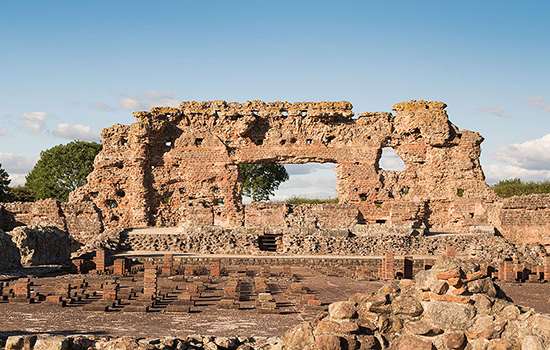
History of Wroxeter Roman City
Founded in the mid 1st century AD, Wroxeter was one of the largest cities in Roman Britain and is exceptionally well preserved.
-
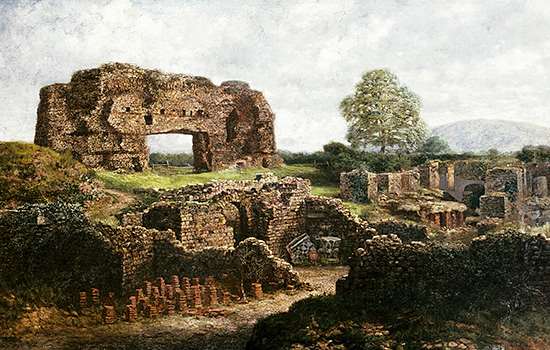
Significance of Wroxeter Roman City
Wroxeter is probably the best-preserved Roman city in Britain, as well as one of the largest, although only a fraction of it can be seen today.
-
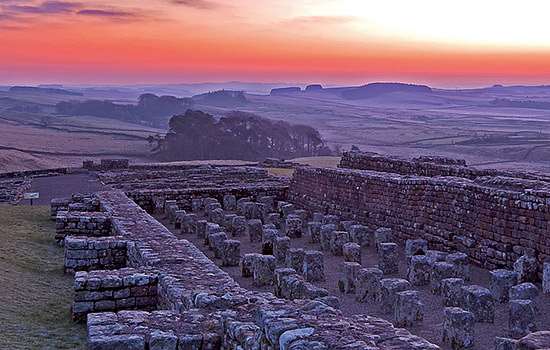
EXPLORE ROMAN BRITAIN
Browse our articles on the Romans to discover the impact and legacy of the Roman era on Britain’s landscape, buildings, life and culture.
-
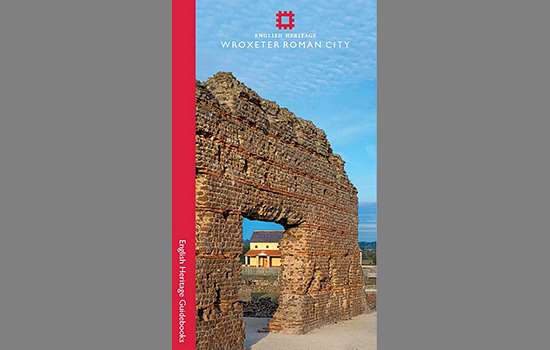
Buy the guidebook
The guidebook provides a full tour of Wroxeter Roman City and explains the complex history of its rise and decline.
-
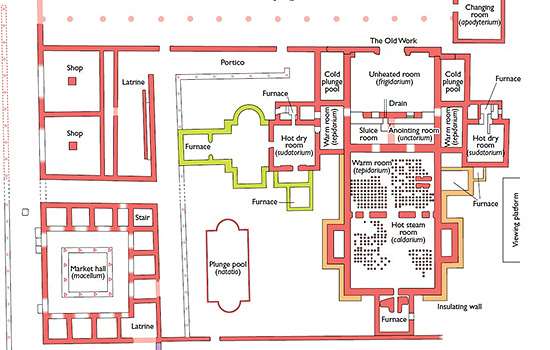
Download a plan
Download this pdf plan of the baths complex at Wroxeter to see how the buildings developed over time.